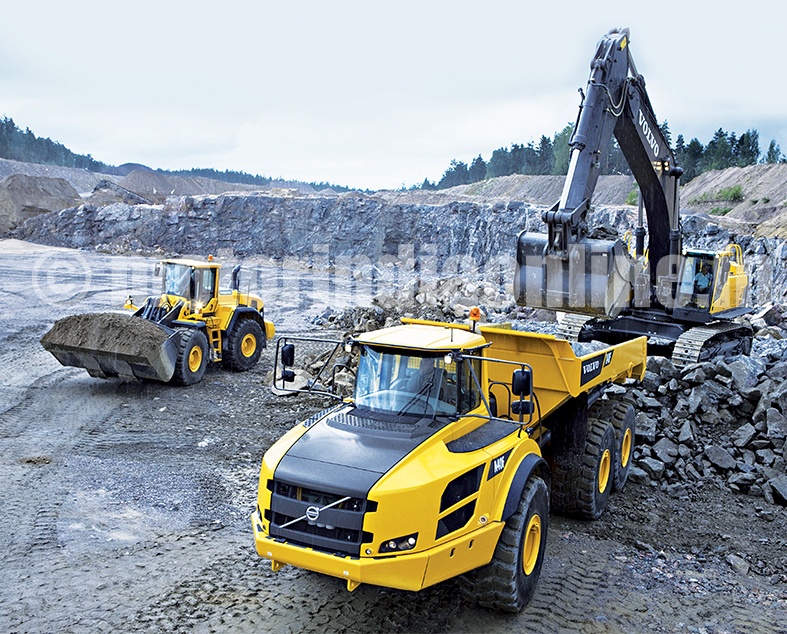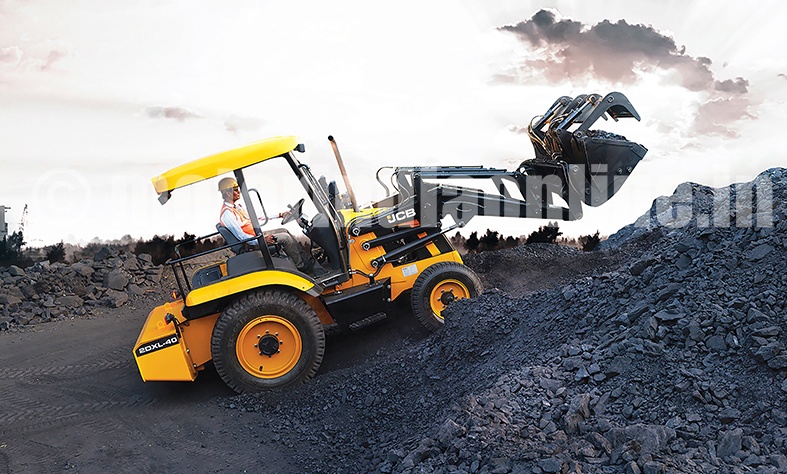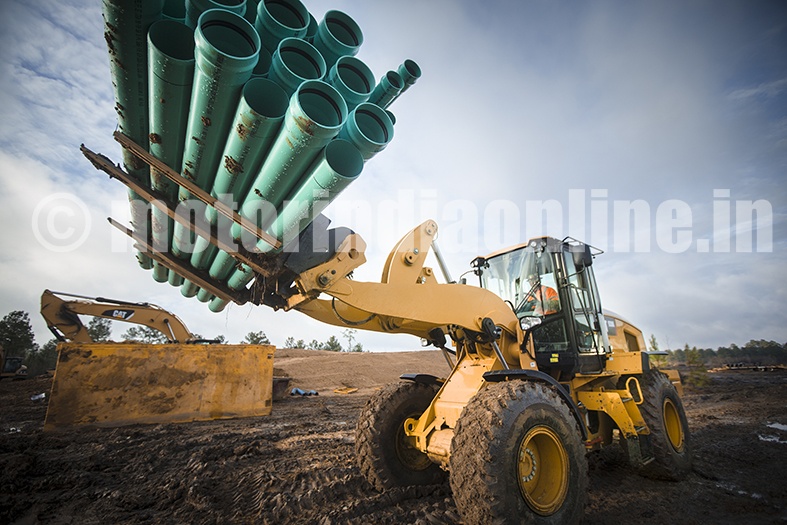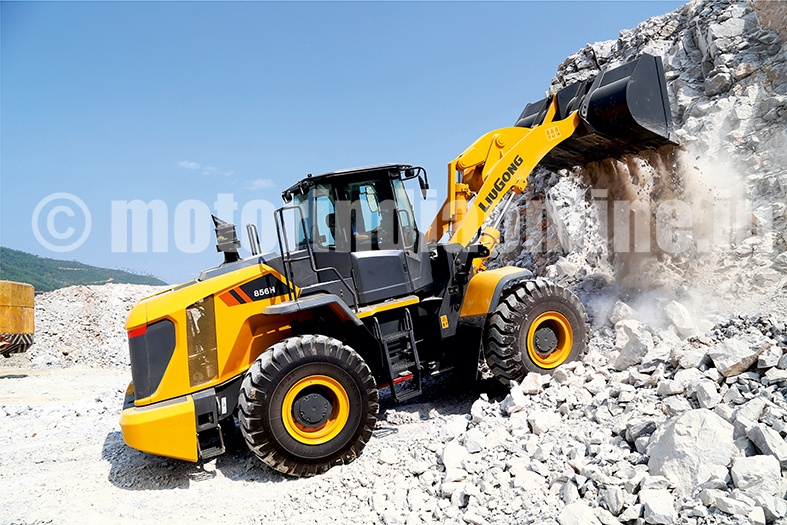“Infrastructure is the key to economic growth,” said the Union Finance Minister, Mr. Arun Jaitley, in his inaugural address during late September at the BRICS India 2016 Seminar on “Best Practices in Public Private Partnerships (PPPs) and Long-term Infrastructure Financing”. True to his statement, a reflection of the Government policies and plans, the implementation program has been actively directed towards this goal with necessary funding to various projects. In the budget presented on February 1, 2017 substantive impetus has been provided for creating/upgrading infrastructure and an investment of about Rs. 4 lakh crores (~USD 60 billion) earmarked for the next fiscal year. Like all the fast developing economies and industrialised countries, India has put on top of its agenda the plans for having a vibrant infrastructure to stimulate the GDP growth rate and acting upon it by increasing the spending thro’ various measures. Also with sustainability, environmental protection regulations and norms coming to the fore, the infrastructure space is becoming a beehive of activity getting the utmost attention and rightly so. This augurs well for construction domain workhorses, viz., construction equipment and the segment is all set to play a key role in the emerging scenario. Having gone thro’ an extended rough patch since 2011 and with things now looking up, the sector players are downright enthusiastic, bullish and getting all geared up to meet the business opportunities likely to unfold in the road ahead.
To understand recent developments, growth drivers, challenges and ground realties, we interacted with the key players having rich and diverse experience across the construction equipment space. The focus was on earthmoving equipment segment and the objective was to understand their strategies and plans to address the market needs and demands – read on for their incisive and interesting viewpoints.
Turbulent past
The fiscal year 2011 is often cited to recall the golden peak milestone for the heavy equipment and commercial vehicles. The construction equipment too hit that sweet spot in 2011 and the domain players were enthusiastically bracing themselves for the momentum to sustain. But then due to various macro and micro economic and political factors, the growth curve took a downward slope and the segment got enveloped in gloom. It was a practical experience of adaptation and survival for the companies to go thro’ this testing period of about four years. The optimistic and resilient companies turned their focus inwards to prune their costs and spend more time in developing new models; and also explore other related lines to spread their wings so that such shocks down the timeline can be absorbed with minimal damages if and when it recurs.
“Market conditions were extremely tough post-2011 but we have a long history in India and our deep roots sustained us through the economic drought. We used the time of quieter activity to fine-tune our products and service offering. We’re now in a very strong position, with an excellent portfolio of products and services, as well as the best dealer network in the country. Sales are picking up, particularly in road-building, and we expect greater activity in the mining sector also. We are a leading supplier in all equipment categories and in particular in large excavators we are a clear market leader,” says Mr. Dimitrov Krishnan, Vice President and Head, Volvo CD India.
The Indian CE terrain is now replete with all the major international players addressing the requirements both directly and thro’ a collaborative arrangement with Indian companies. The local players have also expanded their operations in a big way and the sector is all set to address the business scenario expected to open up in the years ahead.
Star workhorses
Earthmoving equipment so rightly termed as workhorses of the CE domain come under the category of production machines. In its applications the TCO assumes paramount importance for the contractors deploying it at competitive rates. The working conditions are probably the toughest and various special design features need to be considered to ensure productivity, reliability and safety expectations.
Mr. Kamaljeet Nandkeolyar, Director – Defense & Speciality Business, Meritor, says: “The earthmoving machines are subjected to huge shock loads and high variations in torque and the frontline component that bears the brunt are the axles. The machines are subjected to a range of vibrational loads, dusty operating conditions, range of operating temperature from cryogenic conditions to high temperature. This calls for specific design features in product – best in class gearing, deep reduction planetary wheel ends, wet disc brakes, cast housings, high efficiency bearings and optional features like limited slip differentials, proportioning torque differentials and differential locks for traction. Some of the special features that are considered are cast housing, shock resistant differentials, wet disc brakes, limited slip & proportional torque differentials and special high temperature seals. We have complete end to end product development and testing capability in India. Global technical center in Bangalore, supported by application engineering and variant management team in Mysore provides robust engineering capability and engineering support to customers.”
Backhoe loader, excavator, wheel loader, skid steer loader, compactor and other minor/specialised equipment fall under the earthmoving equipment segment. The segment corners the major slice of the business pie (about 60% – ref to the table for other data) and some of the equipment in the class take the centre stage. Backhoe loader, excavator and wheel loader account for about 96% of the segment business leaving the crumbs to the other equipment. Again out of the three popular machines, backhoe is a clear No.1, way ahead of excavator in the 2nd position in nos. It will be interesting to note that India is one of the biggest markets for backhoe in the world; and the offtake ratio of backhoe to excavator just the opposite of that in the industrialised countries. Does this mean that the trend is likely to catch up in the Indian sector too with backhoes moving away from the centre stage to the sidelines?
Mr. Jasmeet Singh, Head Corporate communications and External relations JCB, says: “As regards backhoe nos. vis-à-vis excavator, I would like to mention that every market evolves in a different manner. In the Indian context when we entered the scene in 1979, customers were looking for a cost effective multipurpose machine and the backhoe fitted those needs perfectly. As the nos. kept on swelling, so did the demands for varied types and we kept introducing new models to suit the applications. Similarly because of demand for larger excavators, we have introduced new models. Yes, the backhoe nos. are way ahead of excavators but in value terms, excavators may not be far off from backhoes and we see demand for both the backhoe and excavator going up in the years ahead.”
Demand of backhoe loader for the local market applications has not dropped with the advent of specialist machines and on the contrary the sales volumes have only zoomed. This has attracted not only many local and international players to launch the products to claim their slice of business pie but also farm tractor companies; and they have started offering backhoe and loader attachments as accessories/fitments for use with their tractor. This has definitely found approval of buyers especially those small contractors having a tight budget and not needing heavy duty machines for their applications. Backhoe companies sensing a new market segment opening up have started positioning a lower end light-duty model to address the demands; and well the market with glee seems to be lapping it all up as the growth seems to be moving steadily northwards. The industry perception is that yes, the excavators and other dedicated machines have arrived to meet the bigger project/specialised needs but opine that the demand for all machines will expand rather than one growing at the expense of the other.
Golden future
The recent trends show that the sector is back to its growth path but there have been some hiccups in the form of volatility on the global front and the demonetisation exercise. It is heartening to note that despite the local factor of demonetisation move and its impact across all sectors, several international funding and investment organisations/agencies including the IMF have confirmed that India will be the one of the fastest growing economies in the years to come – though the top spot has been recently taken away from India by China. This is good news for all contributing sectors in general and construction equipment segment in particular – especially with the massive push being given to the infrastructure by the Government.
“India is on the threshold of strong economic growth driven by major investments in roadways, railways, smart cities to name a few. We expect these investments to sustain and are positive of India’s growth over the next 4-5 year horizon. Cummins India is continuing to invest in technology, new products, and talent development to deliver best solutions to its customers. We have not witnessed any impact of demonetisation in the construction segment,” says Mr. Ashwath Ram, Vice President – Engine Business and Tata Cummins Private Ltd.
There is also the flip side to the growth story as at contemporary times the prosperity of a country in isolation is becoming difficult especially in a connected world. In the scenario of slump or dampened economic growth rates in other counties, the export initiatives can take a beating; and also excess and idle capacities in countries facing a slowdown lead to dumping in the local market as witnessed in sectors like ferrous, nonferrous, ceramics and tyres. There is also the threat of used equipment flooding the market making the situation tough for the OEMs. Protective measures beyond a certain level cannot be considered by the Government in view of the international trade guidelines. Hence, OEMs and various vendors can never drift into complacency and need to be proactive and innovate on a continuous basis to stay ahead at all points of the economic cycle. Looking at the current times and against the background of surging demands, all the domain players are getting increasingly busy to make up for the lost time and business; and with the plans and programs chalked out by the Government falling in the right slots, the 2011 peak is likely to be surpassed sooner than later down the timeline.



